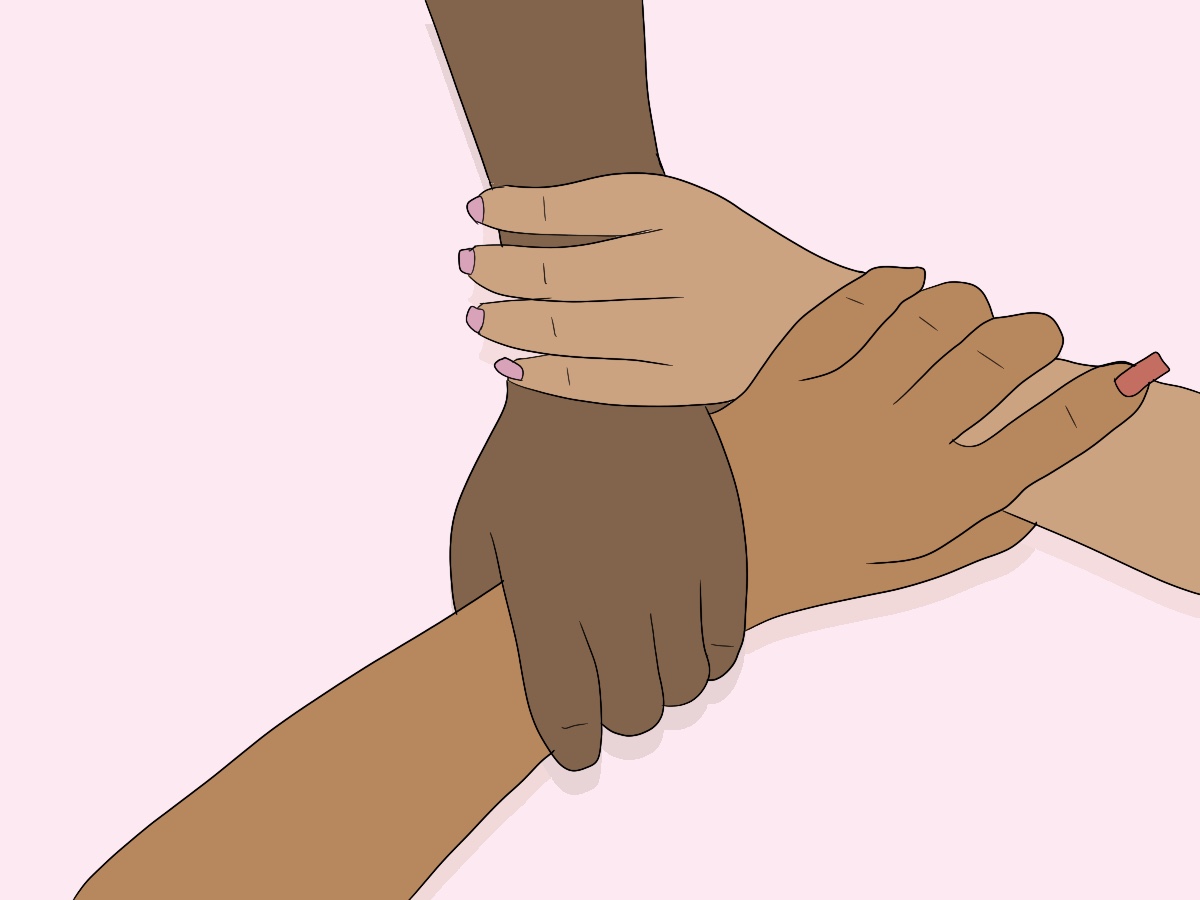Whether you are seeking recovery from addiction, trauma, or any other challenge, consider this article as a guiding light to help you get started. Since the road to recovery is a deeply personal one that requires support, guidance and knowledge, by following the practical steps outlined below, you can increase your chances of success.
What is recovery?
Recovery is a uniquely personal journey and can mean different things to different people, but according to the NHS, recovery “involves making sense of and finding meaning in what has happened, becoming an expert in your own self-care, building a new sense of self and purpose and discovering your own resourcefulness.”
Step 1. Assess your current situation
The first step to recovery is recognising your current situation and the need for change. Self-awareness allows you to take ownership of your actions, empowering you to make important changes and break free from negative patterns.
For example, Funmi is a young woman who recognises she’s in an abusive relationship. From here on, she wants to take charge of her actions to break free from the relationship.
Step 2. Set realistic expectations
The second step to recovery is to set achievable goals as it provides direction and purpose. Individuals can also feel a sense of accomplishment, as they successfully work towards their goals.
Funmi’s ultimate goal is to cultivate enough growth and strength to ensure that she never entertains an abusive relationship again. As she works towards these goals, she feels a sense of accomplishment and remains motivated.
Step 3. Create a support network

Seeking help from family, friends, counsellors and support groups will benefit your road to recovery as they can give emotional support during difficult times. However, toxic people can stifle your personal growth so when building your network, avoid anyone who disrespects your values and personal boundaries or continues to engage in harmful and self-destructive behaviours.
Step 4. Develop coping mechanisms
Coping mechanisms are behaviours that can help you handle stress, triggers, and setbacks. While these do vary from person to person, some examples include exercise, religion and mindfulness. In order to increase your chances of finding effective strategies, it’s important to research and test mechanisms that work best for you.
Step 5. Prioritise self-care
Self-care is the practice of intentionally taking care of one’s well-being and is essential to your overall health. It involves deliberately satisfying important wants and needs, promoting a healthy level of self-esteem, and reducing stress to prevent a relapse. As a result, developing a self-care routine is key.
Funmi prioritises self-care by treating herself to solo meals, saving up for trips with close friends, and regularly indulging in spa treatments. She satisfies her important wants and needs, promoting a healthy level of self-esteem, and reducing stress to prevent relapse.
Step 6. Build healthy habits
Developing new, positive habits during recovery is important for several reasons: it helps to replace harmful behaviours, contributes to an overall sense of self-control, and promotes stability and structure. So, the best way to approach this is to start with small, attainable goals.
Funmi practices daily affirmations, regular exercise and surrounds herself with supportive and uplifting people. By starting small, she builds a foundation of healthy habits that contributes to her stability.
Step 7. Overcome obstacles
Some examples of common barriers to recovery include:
Triggers: Running into your abuser or visiting places where the abuse occurred.
Temptations: Being tempted to contact your abuser or engage in self-destructive behaviours as a way to cope.
Emotional challenges: Dealing with feelings of fear, low self-esteem or post-traumatic stress.
Social pressures: Pressure from family or friends to reconcile with the abuser.
Negative peer influence: Being around friends who normalise or condone abusive behaviour.
However, once you are aware of these challenges, it becomes easier to remove yourself from these situations and distract yourself with the appropriate coping mechanisms.
Funmi is confronted with triggers like most people, such as meeting her abuser or revisiting places associated with the abuse. However, she distances herself and employs healthy coping mechanisms, such as mindfulness or seeking solace in her faith.
When she is tempted to contact her ex, Funmi maintains her strength, and will sometimes seek help from trusted family and friends. She also recognises emotional difficulties and is now seeking therapy to overcome anxiety, low self-esteem, and post-traumatic stress disorder.
In conclusion, keep in mind that change is possible in your battle. Furthermore, each step towards recovery represents a step towards a healthier and happier new you. So, be gentle with yourself throughout this process and find joy in any progress you make.
Find more self-improvement articles here >
Written by Michelle Wright
Illustrated by Francesca Mariama

